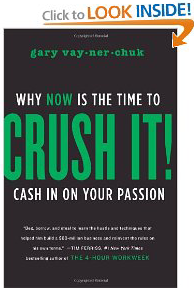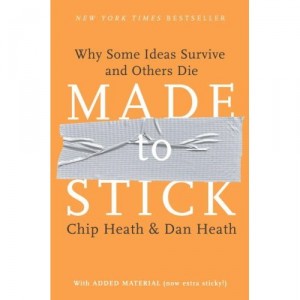 In “Crush It! Why now is the time to cash in on your passion”, Gary Vaynerchuk sets up an ambitious 12-item to-do list to accomplish within less than 200 pages. Last week, we talked about “What real hustle looks like”, but this week I want to talk about a different theme: Personal Branding.
In “Crush It! Why now is the time to cash in on your passion”, Gary Vaynerchuk sets up an ambitious 12-item to-do list to accomplish within less than 200 pages. Last week, we talked about “What real hustle looks like”, but this week I want to talk about a different theme: Personal Branding.
Branding
Personal branding is a topic of interest to New Pros especially as we try to gather the quality and quantity of experience that will help us achieve our career goals. But, as Vaynerchuk indicates, personal branding is not just appearances and image.
Vaynerchuk argues “personal branding”=”content generation”, and he recommends blogging as the means towards personal branding. In our brave new world of microblogging and mini-messaging, the idea that long-form blogs hold the key toward establishing you and your personal brand seems nearly old school. After all, weren’t blogs so 2003?
Now let’s tie this back to last week’s post on Time. Vaynerchuk says to expect working your butt off both at work and at home for years before you start to see the payoff. At this point, you could reasonably assume that you’ll blog strong for about a year, but that the technology will change and you’ll need to pioneer a new medium.
What do you think?
How would you define personal branding?
Do you agree that Vaynerchuk’s arguing that content generation is the means toward achieving a personal brand?
Do you attribute your personal branding progress to blogging?

